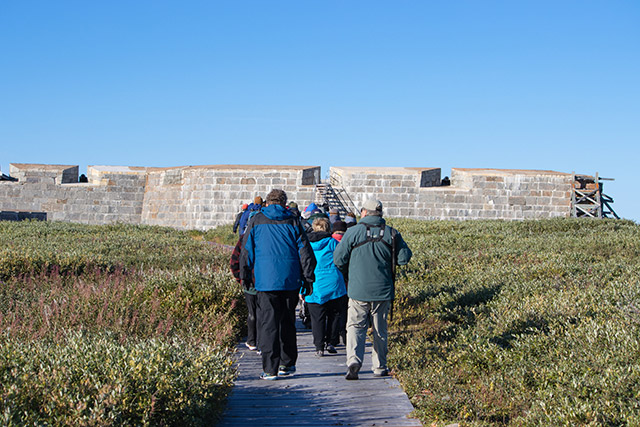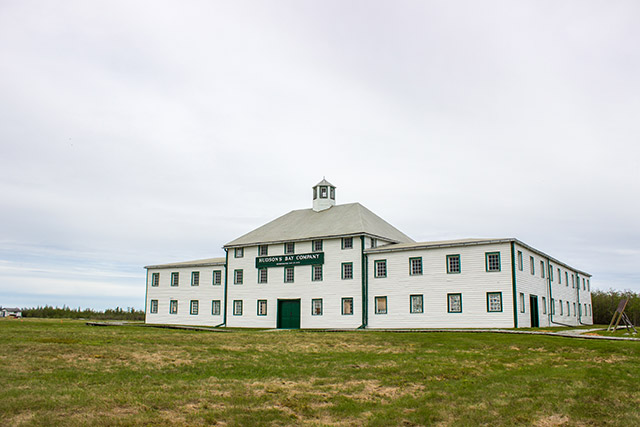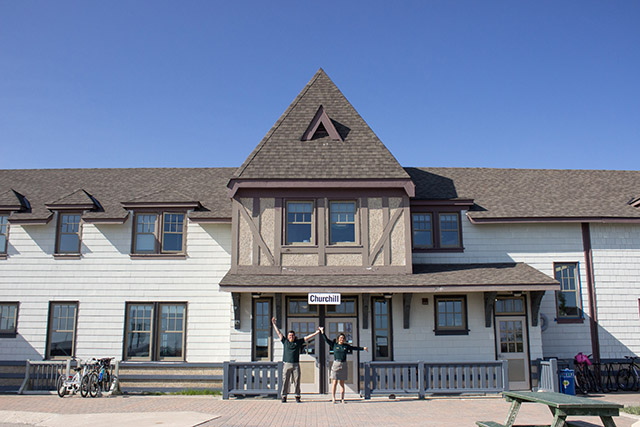Humble brag: Churchill, Manitoba was named as one of Time Magazine’s World’s 50 Greatest Places of 2023. The publication noted the town’s natural, Northern wonders—namely bears and belugas—as the main reason, but there’s so much more that makes Churchill, and the surrounding area, a global gem:
1. It has Canada’s most Northern fort – Built 250 years ago on the bare, windswept coast of Hudson Bay,
Prince of Wales Fort National Historic Site also stands as the oldest stone fort in the country. The Hudson's Bay Company commissioned construction of the trading post’s thick, limestone walls as tensions between the English and French mounted over the burgeoning fur trade. Fixed with 40 cannons, the fort meant to stave off enemy occupation, while across the Churchill River,
Cape Merry, a cannon battery, was built to provide crossfire. Spoiler alert: The French did capture the outlet at one point, with the English swiftly taking back control a year later. Today, you can
take a Parks Canada tour to get a sense of what life was like for a fur trader at a fort in the subarctic.
2. It’s the start of an adventure to the oldest and largest wooden building in Canada standing on permanently frozen ground – The
Hudson's Bay Company Depot is one of the only surviving structures at
York Factory National Historic Site, which is roughly 200 kilometres from Churchill (visitors can
get there by air or boat). The building, constructed in 1831 on the permafrost, and its artifacts help to tell the story of the the Hudson's Bay Company employees living and working in the late 18th and early 19th centuries. This isolated post was one of the most important hubs for the fur trading company for more than 250 years, serving as the headquarters of the new Northern Department of the company and a gateway to Rupert’s Land. At its peak, the site boasted 50 buildings, including a
tailor, tinsmith and a place to buy perfume.
3. The train station is historic: The rail line, coupled with the seaport, was critical to making Churchill a gateway to international markets. Today, it still serves as a vital link for tourism, commerce, and the community. The train station, which opened in 1929, is the last structure remaining from Churchill’s original period of Hudson Bay Rail construction. The stately building still welcomes train passengers to the North as a recognized federal Heritage Building and a designated Manitoba historical site. Inside you’ll find
Parks Canada Northern Manitoba visitor centre, which offers up the opportunity to learn more about the agency-managed historic sites,
Wapusk National Park and delve further into the surrounding Indigenous community’s history and connection to the land.


